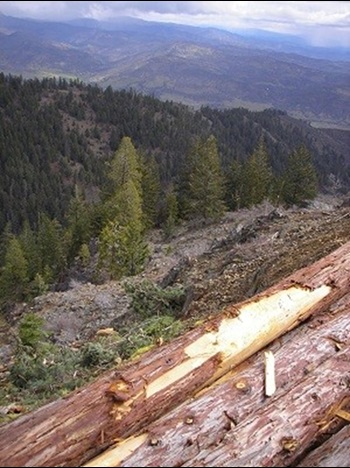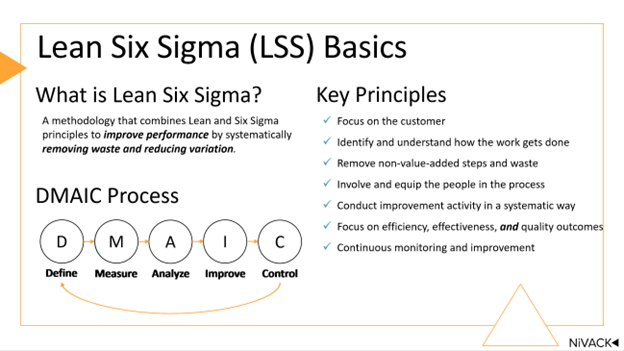Program Mandate and Scope

Sustainable forest ecosystem management involves holistic, interdisciplinary engagement across working forests, interspersed communities, and protected areas. The Timber Regulation and Forest Restoration Fund (Fund), established in 2012 under Assembly Bill 1492 (Chapter 289, Statutes of 2012; AB 1492), places a one percent assessment on lumber and engineered wood products sold at retailto pay for state agency staffing, permitting, oversight, and environmental protection of California’s forested ecosystems (Figure 1). The Fund supports approximately 223 agency staff at the California Natural Resources Agency (CNRA), the Board of Forestry and Fire Protection (Board), the California Department of Forestry and Fire Protection (CAL FIRE), the Department of Fish and Wildlife (CDFW), the Department of Conservation’s California Geological Survey (CGS); and the California Environmental Protection Agency’s State and Regional Water Quality Control Boards (Water Boards).
The Timber Regulation and Forest Restoration Program (Program) established by AB 1492 has an annual operating budget that varies year by year but ranges from approximately $69 million - $111 million. These funds enable interagency staff to work closely to build and maintain interagency cohesion, efficiency, and performance in the management of California’s forested ecosystems. Extensive collaboration occurs outside the Program’s main departments, including work with other state and federal agencies and partner organizations. While engagement on private lands and State Responsibility Areas (SRAs) is central to the Program focus, the Program scope and mandate also address public lands including those managed by the US Forest Service and Bureau of Land Management (i.e., all forest types and ownerships). CNRA leads the implementation of the Fund and the Program in collaboration with the California Environmental Protection Agency (CalEPA).
A major component of the Program is to provide efficient and consistent environmental oversight of commercial timber harvest on California’s non-federal timberland to protect natural resources while allowing sustainable harvest. Commercial timber operations on non-federal forestlands in California are regulated under the Z’berg-Nejedly Forest Practice Act (Act) and implemented under the California Forest Practice Rules (Rules). The Act establishes the goal of ensuring a thriving and sustainable timber industry that supports California’s ecological objectives, protection of soil, water quality, and conservation of wildlife habitat.
Interagency Program staff are actively engaged in core duties to conduct timber harvest review; fulfill policy and oversight functions including new regulation development and enforcement; ensure transparency and efficiencies through monitoring and online permit innovations; and support forest and watercourse restoration. Related to these legislatively mandated duties, may of the highlighted duties listed below have emerged since the creation of the Program and absorb significant staff time. These include, but are not limited to:
- Emergency wildfire prevention work including expediting of critical fuels reduction projects.
- Emergency response to post-wildfire watershed hazard identification and community recovery associated with flood and winter storm events.
- Oversight of Emergency Notice filings (permits to allow immediate salvage of timber after a loss due to fire, insect or other agent).
- Oversight of Exemption filings (pre-mitigated, non-discretionary timber harvest permits that allow for operations to commence faster than a normal THP).
- Implementation of the new California Vegetation Treatment Program (CalVTP) to streamline environmental review of non-commercial vegetation management for wildfire resilience projects.
- Reviewing and approving grant allocations associated with wildfire resilience and forest health initiatives.
- Execution of Governor’s Wildfire and Forest Resilience Task Force (Task Force) Action Plan
- Review of annual utility Wildfire Mitigation Plans in coordination with the Office of Energy Infrastructure Safety.
- Response to pending species listings.
- Response to issues with illegal timberland conversion and other violation types.
- Support and oversight of State-owned land vegetation management implementation.
Some of the above-listed actions are episodic, aligned with disaster declarations, while others are long-term work areas Program staff are continually addressing.
Annual Reports to the Legislature
To read more about the Timber Regulation and Forest Restoration Program’s focus, budget, staffing, program activities, and performance, Annual Reports to the Legislature are provided below.
- Fiscal Years 2016-17, 2017-18, 2018-19
- Fiscal Year 2019-20
- Fiscal Year 2020-21
- Fiscal Years 2021-22 and 2022-23
- Fiscal Year 2023-24 (Coming Soon)
Timber Harvest Permit Process | Evaluating Effectiveness and Identifying Efficiencies
 After more than a decade in operation, the Program is undergoing a formal Lean Six Sigma assessment to evaluate California’s timber harvest plan process and explore the associated complexities of multiagency review. The NiVACK Group is operating as CNRA’s consultants to provide an objective, third-party analysis of the Timber Harvest Plan (THP) process to identify efficiencies, and related to this, explore program effectiveness tied to environmental protections and operations. Extensive stakeholder engagement across agency personnel, Tribes, timber industry (industrial and nonindustrial), and other interested stakeholders underpins this data driven investigation to unearth where the Program and its participants can improve performance and outcomes.
After more than a decade in operation, the Program is undergoing a formal Lean Six Sigma assessment to evaluate California’s timber harvest plan process and explore the associated complexities of multiagency review. The NiVACK Group is operating as CNRA’s consultants to provide an objective, third-party analysis of the Timber Harvest Plan (THP) process to identify efficiencies, and related to this, explore program effectiveness tied to environmental protections and operations. Extensive stakeholder engagement across agency personnel, Tribes, timber industry (industrial and nonindustrial), and other interested stakeholders underpins this data driven investigation to unearth where the Program and its participants can improve performance and outcomes.

Interviews across diverse stakeholder groups and follow on stakeholder surveys have concluded. The Lean Six Sigma evaluation report is still under preparation, and is now scheduled for Winter release. This webpage will be updated with the report when it is ready for release. Further, Program staff will schedule a public presentation to discuss findings of the report and next steps. The report will include a findings and recommendations that the Program will use to inform its engagement and operations moving forward.
Questions on this initiative and its status can be directed to Environmental Program Manager: Loretta Moreno at Loretta.Moreno@resources.ca.gov.



